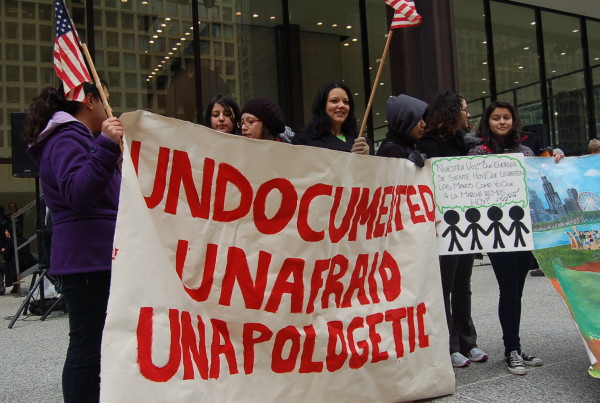New Yorkers and Californians who move to Texas really like to tell Texans how much cheaper it is to live here than their home state. Some things may cost more on the West Coast and some things may cost less in San Antonio. But a dollar is a dollar, right? Economist Alan Cole says maybe not. He’s with the nonpartisan Tax Foundation, and they’ve been mapping all 50 states to determine how much $100 is worth in each state.
The East and West Coasters may be on to something, because “$100 in Texas is worth about what $103 would buy you in a more average state,” Cole says. An ‘average state’ would be something like Nevada or Arizona, where $100 is worth just about face value. Like Texas, these states have big urban and rural areas, where the urban areas have more expensive prices, Cole says.
One hundred smack-a-roos in Texas is worth slightly more than average, because staple items like food, clothing or housing is a little bit cheaper. Coles says when the bureau of economic analysis came through the state, they put those pieces together and came up with the weighted average of $103.
The measure doesn’t include wages, Cole says. In more metropolitan areas, like Austin, Dallas and Houston, the value of $100 may actually be less than the state’s average. In non-metropolitan areas, “they’d be very cheap, closer to a state like Mississippi.”
If you’re looking to leave town for the cheapest place in the U.S., Mississippi is where you’d end up. It’s a state that’s easy to build in and has plenty of space to keep building. Its proximity to the Gulf of Mexico is a huge advantage, too, because it’s easy to ship things there, Cole says. Many of the cheaper states are close to the Gulf. “The farther you get from the Gulf, the more expensive gas gets and that actually filters into a lot of prices,” Cole says.
















